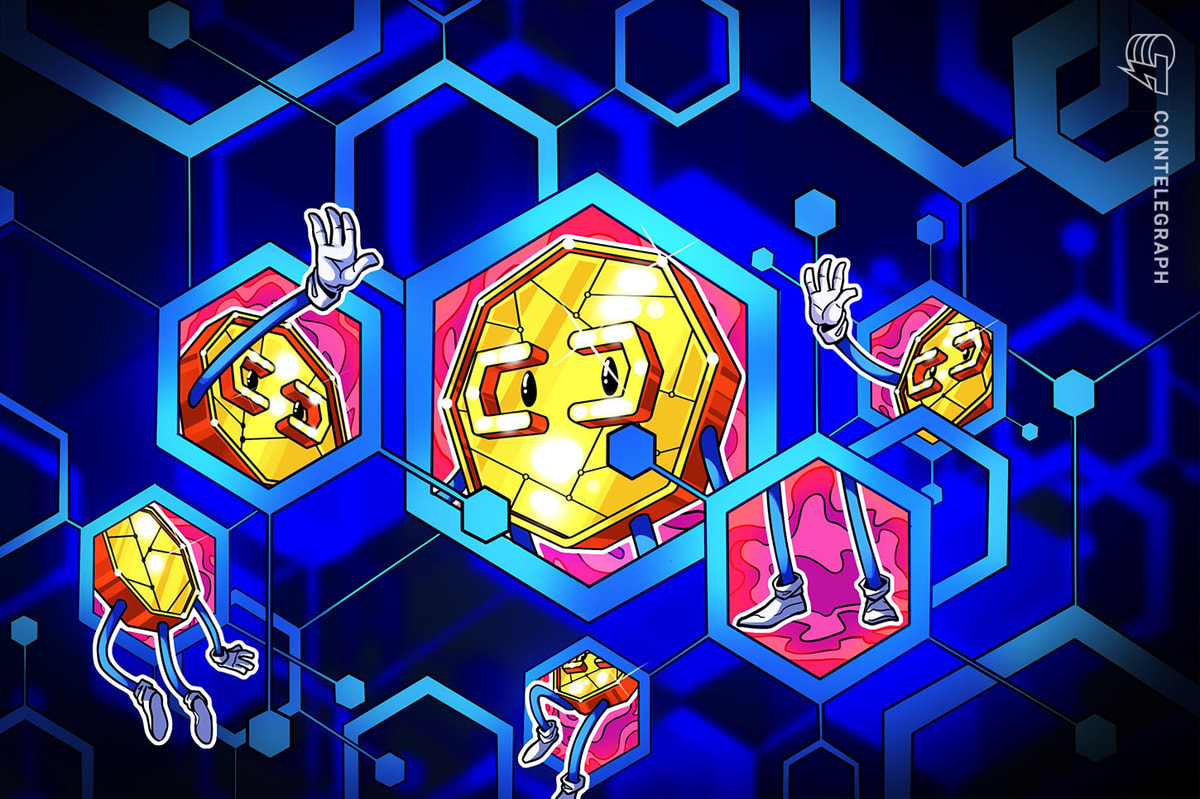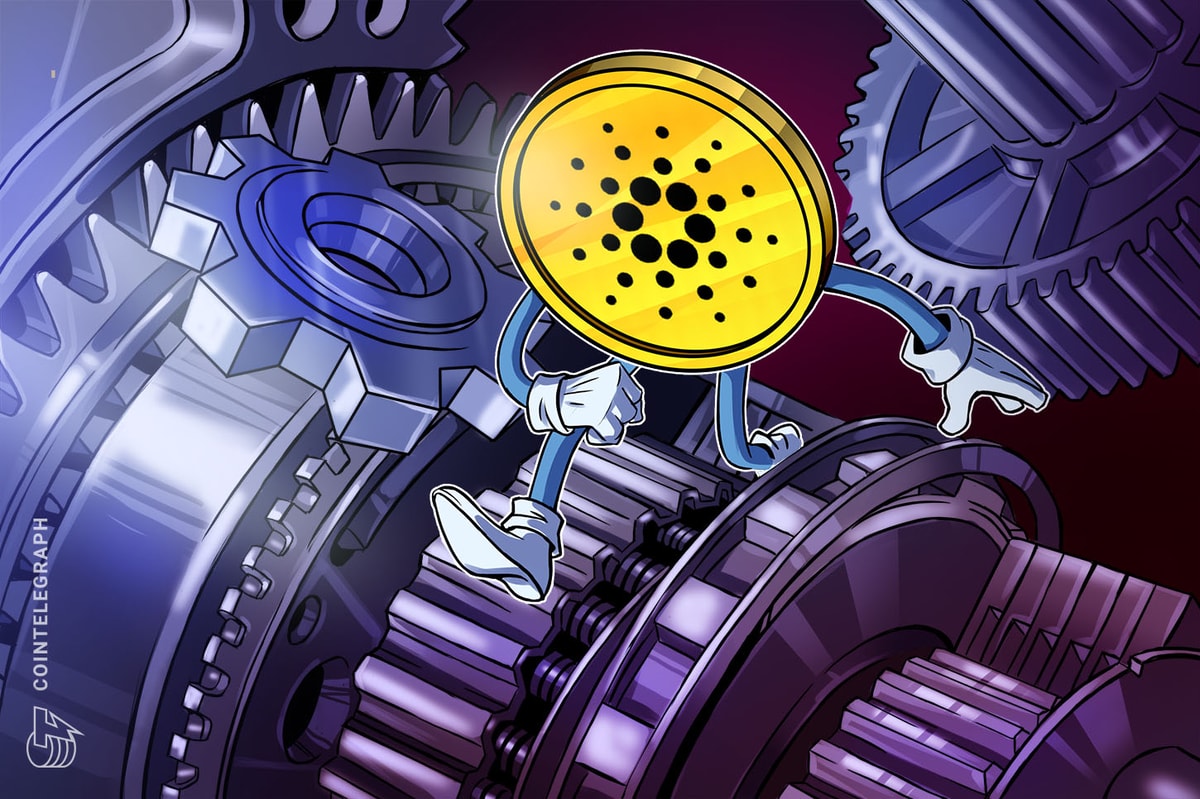App-specific blockchains remain a promising solution for scalability
3 min read
App-specific blockchains, or appchains, are specifically designed to support the creation and deployment of decentralized applications (DApps). In an appchain, each app runs on its separate blockchain, linked to the main chain. This allows for greater scalability and flexibility, as each app can be customized and optimized for its specific use case.
Appchains are also an alternative solution for scalability to modular blockchains or layer-2 protocols. Appchains present similar characteristics to modular blockchains, as it is a type of blockchain architecture that separates the data, transaction processing and consensus processing elements into distinct modules that can be combined in various ways. These can be thought of as “pluggable modules” that can be swapped out or combined depending on the use case.
This separation of functions is why there’s
Osmosis has developed a new take on proof-of-stake called “superfluid staking” that aims to improve both security and user experience. This approach allows liquidity providers to stake the tokens in their liquidity pool (LP) shares to help secure the chain. In return, they will receive staking rewards in addition to their LP rewards, which can help increase their capital efficiency. This can be a more seamless and integrated approach to staking, as liquidity providers can simultaneously earn rewards for their LP and staking activities.
With current advancements, the entire interchain will be able to use its staked assets for DeFi activities without risking centralization or compromising chain security, as is often the case with traditional liquid staking derivatives. This will allow users to take advantage of DeFi opportunities while maintaining the security and decentralization of their staked assets. Valentin Pletnev, CEO and co-founder of Quasar, a decentralized appchain designed for asset management, told Cointelegraph:
“Owning the entire stack from top to bottom allows for easy value generation and purpose for the token — it also allows for higher efficiency as chains can be designed around a specific use case and optimized for it.”
Appchains also can effectively manage Maximal Extractable Value (MEV), which refers to the profits obtained by those who have the power to decide the order and inclusion of transactions. MEV has been a problem for DeFi users across various ecosystems. However, appchains can more quickly implement on-chain solutions that significantly reduce malicious MEV and redirect healthy arbitrage profits from third parties to the appchain itself. This can help improve the user experience and reduce the potential for exploitation in the DeFi ecosystem.
Appchains allow for radical blockchain experiments to be carried out quickly. While Tendermint and the Cosmos SDK are remarkable technologies that enable apps to spin up inter-blockchain communication (IBC) protocol-ready blockchains quickly, the whole Cosmos stack is not necessary to become an IBC-connected appchain. Barney Mannerings, a co-founder of Vega Protocol, an application-specific blockchain for trading derivatives, told Cointelegraph:
“As the space is moving toward a multichain and multi-layered world — in which assets can be moved between chains and specific scaling layers — a distribution of an application on multiple hubs can make sense.”
Appchains offer a path for the new communication standard of blockchains. Native token transfer between ecosystems eliminates bridges and allows for native token transfer cross-chain.
App-specific blockchains also offer several valuable benefits that make them attractive for developers and users alike. Their ability to improve applications’ scalability, performance, security and interoperability makes them a valuable tool for building the next generation of software. As the technology continues to evolve, we will likely see more and more developers adopting app-specific blockchains for their applications.
Related: Blockchain Interoperability, Explained
However, the use of multiple appchains can make them more complex and difficult to manage compared to other types of blockchain technology. Since each app runs on its blockchain, managing and maintaining multiple blockchains can be resource-intensive and time-consuming. Integrating different app chains can be challenging due to potential compatibility issues.
Overall, the benefits and drawbacks of app chains depend on the specific use case and requirements of the DApps under development. In some cases, app chains may provide the ideal solution for building and deploying DApps, while other types of blockchain technology may be more suitable in others.







